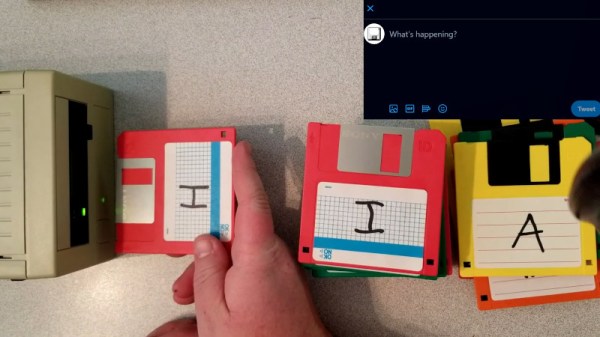Researchers at the University of Southern California have found a way to make an effective and competitive redox flow battery out of the iron industry’s waste products. Luckily for us, the results of the paper were posted on an open journal and we could take a look into the tech behind this battery.
As electric utilization, adoption of electric cars, and the use of renewable power continues to rise, engineers all over are searching for the perfect utility scale battery. We have all heard about Tesla’s 100MW lithium battery pack in South Australia. The system is a massive success and has already paid itself back. However, engineers all over were quick to point out that, until we have a breakthrough, Lithium cells are just not the right choice for a utility system in the long run. There has to be a better solution. Continue reading “A Redox Flow Battery Made From Iron Industry Waste”













